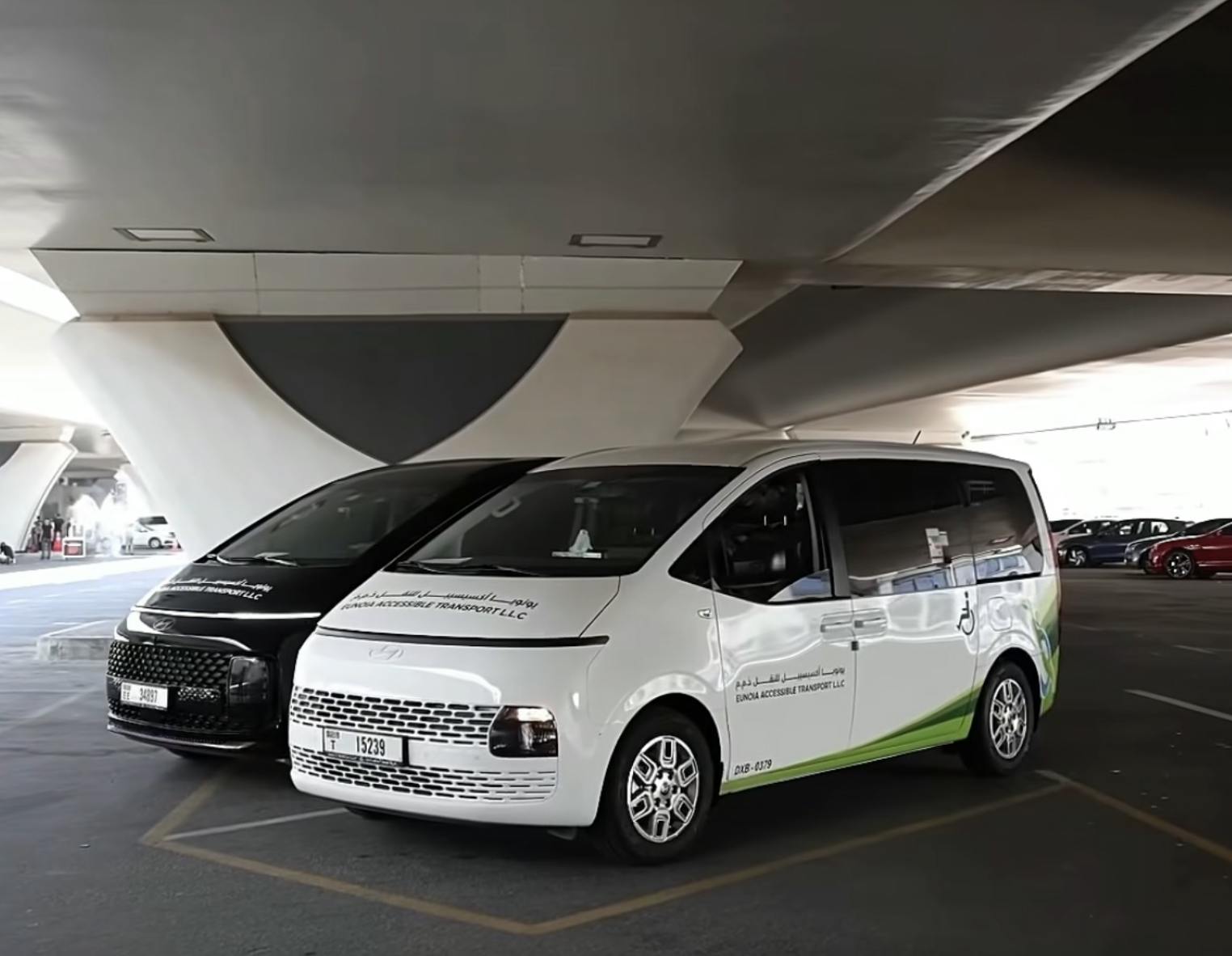
Seattle-area counties’ experiment with on-demand, door-to-door public bus service is showing promise
When Kitsap Transit began its experiment with app-based, on-demand buses on Bainbridge Island, Wash., in July, one of the primary goals was to lure back a portion of the riders who had abandoned transit for reasons ranging from convenience to fear of COVID-19.
But a funny thing happened on the way to the ferry terminal, the island’s most popular transit and ridesharing destination. The experiment, in conjunction with The Routing Company, didn’t just win back former riders, it roped in a whole new category of customers who previously didn’t use public buses.
“What we are seeing is a more positive sentiment about transit on the island,” said Sanjay Bhatt, Kitsap Transit spokesman. “We’re encouraged that the pilot, so far, has attracted new riders to the service. It’s more convenient.”
The experiment, now in its sixth month, has offered limited daytime, point-to-point transit on small buses throughout the island. Operating in the same manner as Uber or Lyft, riders use the Ride Pingo app to hail a 15-passenger bus to take them from their doors to an on-island destination for $2 – a fraction of a rideshare price.
Kitsap riders now have asked for expanded hours and late-night weekend service. James Cox, CEO of The Routing Company, said islanders love the service. “This is going to revolutionize transit.”
Apparently transit agency leaders and investors worldwide share a similar belief.
Over the past three years, The Routing Company raised $6.5 million, much of it coming from the MIT investment fund The Engine. On demand shuttle-and-software company Via pulled in $130 million in investments. Vancouver B.C-based Spare Labs put together $20 million in funding for its various pilot transit projects aiming to bring on-demand services to public transit. Israeli Moovit has raised more than $50 million for its transit projects worldwide.
The amount of money and attention going toward on-demand public transit isn’t surprising, said Joshua Shank, chief innovation officer at Los Angeles County Metropolitan Transportation Authority.
“There’s a tremendous future for transit agencies to use on-demand services,” Shank said. “This is a long-overdue rethinking. Transit has needed to become more customer-oriented in how it does things.”
The key to that customer-focused transition, he said, is the availability of high-quality data.
The central tension in transit systems is the perpetual conflict between convenience and efficiency, transit analysts say. Efficient is bus stops and stations where people and vehicles collect. Convenient, as Uber and Lyft have demonstrated, is being able to walk outside a door and call a ride with an app.
But real-time transit and traffic data filtered through increasingly sophisticated predictive – and proprietary – algorithms, have begun to bridge the gap between the two. A convenient, on-demand transit system becomes more efficient the more popular it gets and the better it analyzes data.
Shank said the L.A. transportation authority, the nation’s third-largest transit system with 1.2 million riders daily, is in the middle of a three-year pilot project called Metro Micro. In select Southern California zones, people can dial up small buses for point-to-point rides within the zones.
And the price aligns with existing one-way bus rides: $1.75. Both the price and the convenience have been attractive to riders who once avoided public transportation.
“So far it’s going really well,” he said. “It’s the way we are going to grow transit ridership.”
Cox said Kitsap County numbers indicate the same. Regular transit users have begun to come back. But the real increase are the hundreds of rides by locals and tourists who now can realistically comparison shop between a rideshare company and public transportation.
“It has grown week-in and week-out since it launched,” Cox said.
The Routing Company’s core technology was developed at MIT. Company co-founder and CTO Alex Wallar was a doctoral student at MIT where he focused on optimizing vehicle distributions. Former 2getthere engineer Menno van der Zee is the other co-founder.
Cox conceded the project has had some hiccups. Not every Bainbridge Island resident has sufficient cell service for app-based transit. About half of the riders still dial the existing call center.
In Kent, The Routing Company also is working with King County Metro on another on-demand project funded by grants from both the U.S. Department of Energy and Amazon. Here, riders in specific zones can use the app to get picked up at any point but the only drop-off is Kent Station, which operates as a central transit hub.
Cox said this sort of hybrid model might work well for public transit: Limited point-to-point rides coupled with regular routes to high-volume express lines and light rail.
To that end, both King and Kitsap counties are close to launching a new service, the app-based Transit Connect which will build a rider’s end-to end timetable and then schedule a ride. For example, a rider would indicate in the app that they want to catch the 2:30 p.m. ferry to Seattle. The app then would schedule a bus to arrive within the correct window to get them to the dock at the right time.
Eventually, Cox said, the app could incorporate data from the state ferry and other transit systems to allow a rider in Bremerton to fully schedule a multimodal route to SeaTac through a single app.
“This is just the start,” Cox said. “There is enormous potential here.”


